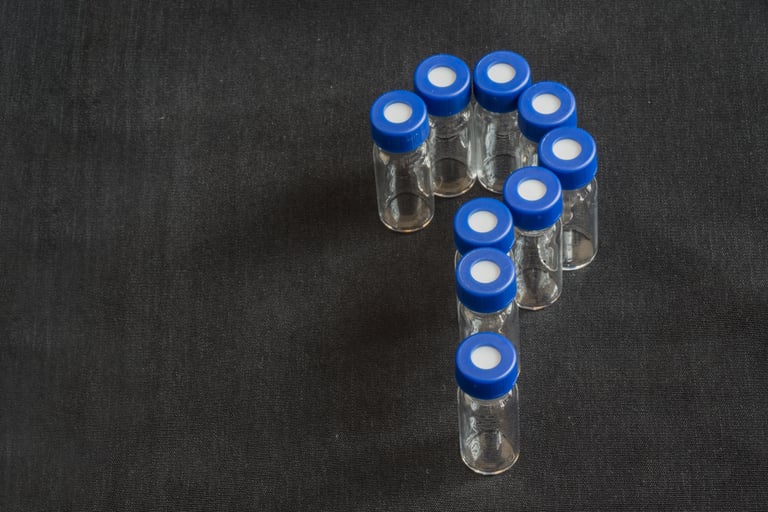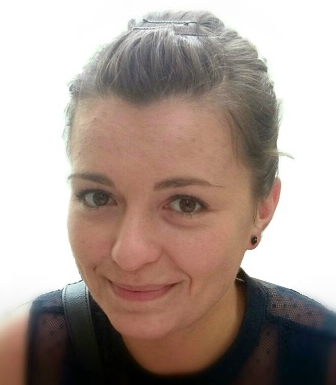By Agnieszka Sitarska
In the previous article in this series it became clear that high productivity in small molecule LC-MSMS relies on effective sample prep that supports reproducible results and minimizes downtime for sensitive LC and MS equipment. The ideal sample prep protocol should be simple, cost-effective, and enable matrix depletion with the option to concentrate analytes independent of matrix components. The questions are, which method should you choose and how should you go about optimizing it? Let’s start by looking at the range of methods currently available.

Choosing the right method for small molecule LC-MSMS sample prep can be critical for productivity.
Your options for small molecule extraction
You may be tempted to keep it simple with dilution or protein precipitation. Certainly these methods are simple and low-cost, but they fail to deplete the matrix and cannot concentrate the analyte independent of the matrix. Dilution is only appropriate for low protein matrices such as urine, not serum or plasma. Phospholipid removal does enable matrix depletion but only selectively, and this method is also rather expensive. Liquid-liquid extraction is an alternative, but is complex.
More sophisticated small molecule extraction methods will help you to concentrate the analyte and deplete the matrix. These include supported-liquid extraction and solid-phase extraction, which can even be run online, but these methods are complex. There is, however, one cost-effective and relatively simple option that ticks all the boxes, enabling matrix depletion and analyte concentration without matrix concentration – AC Extraction Plate* from Tecan. More about that later.
Choosing a sample preparation technique
When selecting a sample preparation technique for small molecule extraction, there is no one size fits all. These are the main factors to consider:
1. The chemistry of your analyte will steer method choice. Important parameters can include polarity (partition-coefficient, log P, and distribution coefficient, log D), charge (pKa), thermal stability, and molecular weight.
2. Do you need to concentrate or dilute the analyte(s) to reach your lower limit of quantitation (LLoQ)?
3. There may be specific challenges in your application to consider. For example, achieving an acceptable LLoQ for serum steroid hormones, sufficient selectivity for urine opiates/metabolites, or rapid throughput and robustness for large workloads such as serum 25-OH Vitamin D.
4. How is your workload? Do you have sample volume constraints, batch size expectations, or specific requirements for throughput and turn-around time?
5. What are the resources in your lab? Do you have automated or manual liquid handling, or experience with LC multiplexing and on-line solid-phase extraction automation? Do you have suitable ancillary extraction equipment, such as solvent evaporators, positive pressure or vacuum extraction modules, heating blocks, or multi-vortexers? Is there expertise available for sample preparation during development, validation and production?
Tips for protocol development
Once you have settled on a small molecule sample prep method that suits your needs, you need to refine the protocol. Each type of sample preparation protocol has unique parameters to optimize, but there are some general aspects to consider for any small molecule extraction protocol development:
- Native matrix: Incorporate native matrix (patient) samples into your protocol development as early as possible. Complex and highly variable fresh biomatrix collected from patients with disease does not necessarily behave the same way during sample preparation as water, solvent or synthetic, stripped, lyophilized, or frozen matrix from healthy donors.
- Precision first: You need to achieve acceptable reproducibility before evaluating linearity, LLoQ, and comparing patient samples with other methods.
- Matrix effect: Use post-column infusion with injection of extracted samples as a standard tool during method development, not only for validation (Ref 11). By using post-column infusion as a screening tool, sample preparation and LC protocols can be simultaneously optimized for minimal matrix effect early on in the development process.
- Contamination precautions: LC-MSMS is a trace analysis technique, which means that undesirable trace contaminants are as easy or easier to measure than analytes. Use LC-MS grade solvents, chemicals and water and best practices for handling clean, inert containers and consumables (Ref 12, 13). Analyze blank matrix samples often, and maintain a high level of paranoia about signal arising from the environment, microbial growth, or leaching from plastics, plus cross-contamination or carryover from primary standards, and between samples.
- Solubility and non-specific binding: The flipside of leaching from containers is loss of analyte during processing through poor solubility or non-specific binding (NSB) to containers, pipet tips, caps, or any other surface encountered during sample prep. Variance and/or low recovery caused by NSB may be the norm, rather than the exception, during LC-MS sample preparation (Ref 14, 15).
- Injection matrix: The composition of the small volume (e.g. 10 µL) of processed sample injected into the LC-MSMS has a surprisingly large effect on chromatography. Learn the rules for composition of the injection matrix and injection volume (Ref 16). We routinely characterize the injection matrix to balance analyte solubility against chromatographic peak shape as one of the early experiments in protocol development.
- Recovery versus Signal-to-Noise (S:N): Although “good” extraction recovery is not well defined, it is natural to judge a protocol with 90% recovery as better than one with 30% recovery. Certainly if you need higher signal-to-noise (S:N) at the LLoQ, you might be aiming for better extraction recovery. However, for LC-MSMS, the “noise” is as important, or even more so, than the “signal”. If we equate noise with ion suppression, a protocol with 30% extraction recovery that reproducibly removes more matrix, has less ion suppression and yields a lower matrix:analyte ratio may well have a better S:N than one with 90% extraction recovery, more ion suppression and a higher matrix:analyte ratio.
How to boost productivity
And what about the product I mentioned earlier that ticks all the boxes? AC Extraction Plate* from Tecan offers an easy and flexible solution that delivers highly reproducible results for a wide range of applications, supporting high throughput to maximize productivity. In the final article in this series, we will look at AC Extraction Plate in more detail, and find out why one researcher chose it for sample preparation for small molecule LC-MSMS.
Acknowledgement
Tecan would like to thank Judith Stone, Ph.D., MT(ASCP), DABCC for technical consultation about sample preparation for LC-MSMS. Judith Stone is the senior clinical laboratory scientist specialist at the University of San Diego toxicology laboratory in the Center for Advanced Laboratory Medicine.
*For research use only, not for use in diagnostic procedures.
About the author

Agnieszka Sitarska
Agnieszka Sitarska is a junior product manager for consumables at Tecan Männedorf. She studied Biotechnology at Jagiellonian University in Krakow, Poland, and completed her Master’s thesis at Novartis Institute for Biomedical Research in Basel, Switzerland. After her studies, she worked in the pharmaceutical industry, gaining experience in business support, before joining Tecan in July 2016.











